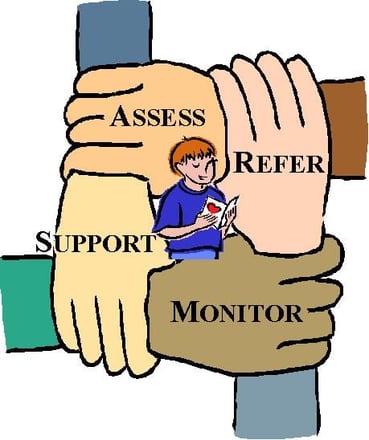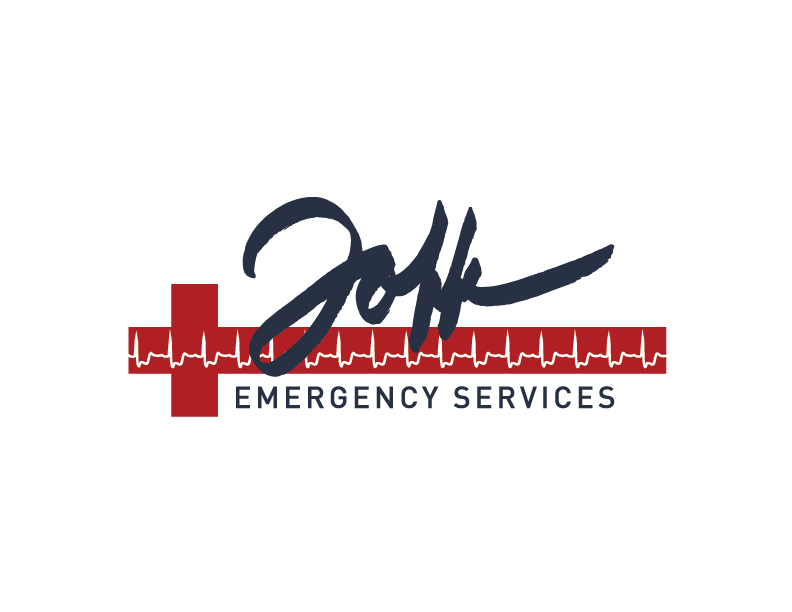On a fundamental level, a school safety program is an exercise in risk management. One element of that risk management is threat assessment. A threat assessment is a process for determining a student’s risk for violence by gathering data. That data includes relevant information regarding their communication and behavior, any stressful or negative events they have experienced, and the resources the student has at their disposal to address these difficulties.

Many schools have some form of threat assessment already. In this article, I want to touch on the elements that make up a good threat assessment protocol. If you don’t have a team dedicated to threat assessment already in place, or if you find that the existing team lacks clarity on some of the details, consider implementing some changes. A smoothly operating threat assessment team is an invaluable asset to your school community and its safety.
- Establish clear procedures: When the team is called into action, they must have a clear delineation of who handles what. Who interviews the student undergoing the assessment, who talks to important people in the child’s life, and who documents all of these efforts?
- Let the community know where they can report concerns: While a proactive approach remains important in identifying potential threats, your school must establish a place where all members of the school community can report behaviors of concern. It cannot be emphasized enough how important this might be. In a study of 51 averted acts of school violence, researchers found that 27 of the thwarted perpetrators had discussed their plans, either on social media or in person. A member of your threat assessment team will monitor these reports and allow your team to quickly investigate and take necessary action.
- Training for everyone!: Everyone involved in the threat assessment process, from reporting to investigating to drawing conclusions, will be more likely to succeed if proper training is provided. Students need to be made aware of the reporting mechanism--both the seriousness of reporting something and the confidence that reporting will be kept anonymous. Staff and faculty should know the warning signs (among them are withdrawal and isolation, behavior or mood change, high levels of absence, drug or alcohol use, dramatic change in appearance) so that they can be a resource as well. Of course, members of the threat assessment team will need focused training on the steps of the assessment and how they should handle themselves.
- Context, context, context: This aspect of threat assessment is deeply connected to the information gathering that we’ve touched on briefly. Understanding the entire picture of a student you’re investigating makes trouble signs stand out. If you talk to other students that often interact with the child at the center of your assessment, you may be able to gain understanding to many details around their mental state or behavioral changes. Parents and teachers often subconsciously take in more details than they know, so a discussion with them may reveal changes that help flesh out a timeline of when things changed.
The goal of keeping your school safe is self-evidently the most crucial part of a school administrator or leader’s job. However, we urge you to always keep every student in mind, including those going through the threat assessment. Going through the aforementioned elements of a threat assessment program can be stressful, isolating, and scary for a teenager or child. Once the threat assessment has been performed, the student will return to school in most cases. Do not neglect the final part of the assessment, which is re-integrating the student back into school in a way that prepares them for success. One solid way to do that is to re-establish a trusting relationship with an adult, or facilitate emotional connections with other students.
At Joffe, we do our best to incorporate changes in the fabric of your existing school culture. That puts schools in the best position to succeed, as opposed to a complete overhaul that leaves schools reliant on outside knowledge and lost in the midst of upheaval. Threat assessment is most successful when it follows these same principles. Rely on the strong, shared culture you’ve built in your school, and don’t throw your community’s sense of togetherness away in a panicked rush to protect yourself. A school community that is respected, loved, and trusted will be the best resource for threat assessment possible.
To read the Secret Service’s report on qualities of an effective threat assessment program, click here.
For a more in-depth article on how to conduct a threat assessment in school, read this article in Campus Safety Magazine.
If you’re interested in other topics on school safety, follow the links below!
How NOT To Communicate in an Emergency Situation
A Beginner's Guide to Hiring a School Safety Consultant
Immediately Improve Your School's Safety
